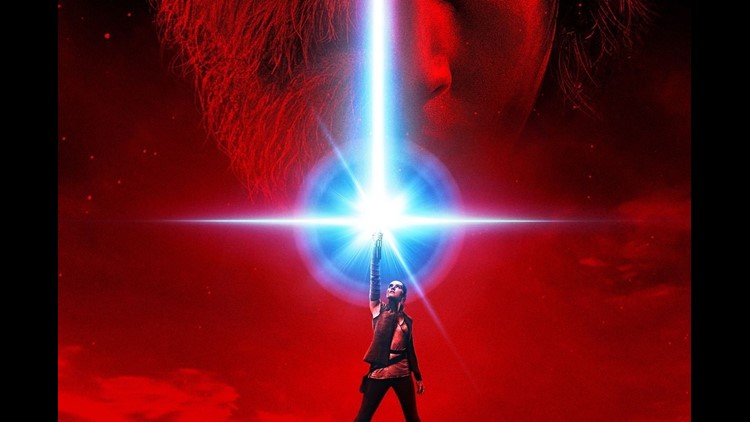With “Star Wars: The Last Jedi” about to arrive in cinemas amid all the hoopla that entails, add to the list of great unknowable questions when we might reach the point — assuming there is one — of “Star Wars” fatigue?
Based on the available evidence, while fans fret about such things — as a search of “Star Wars Saturation” reveals — there’s little to suggest that the Disney empire, which now presides over the franchise, has reason to lose any sleep.
The debate about Disney’s grandiose plans for “Star Wars” began not long after the studio acquired Lucasfilm in 2012 for $4 billion. The company’s blueprint included not only the new trilogy, of which “Last Jedi” is the second chapter, but stand-alone movies and spinoffs.
More recently, Disney announced that a new live-action series will help inaugurate its planned streaming service, pursuing the same strategy that CBS employed by making “Star Trek: Discovery” the centerpiece of its CBS All Access premium venture.
When the goal is inspiring people to cough up cash, sci-fi projects with “Star” in the title have been designated as pop culture’s most reliable bets.
Thus far, Disney has been handsomely rewarded for its efforts. In addition to “The Force Awakens” breaking records, that included a huge $532 million North American box-office haul (and more than $1 billion worldwide) for “Rogue One: A Star Wars Story,” its prequel to the original movie that was subsequently christened “A New Hope.” Despite production tumult, a Han Solo film, due next year, also looks like a sure-fire winner.
Disney’s leveraging of the property doesn’t end on screen. A Star Wars Land will be coming to its parks, including — for those seeking total out-of-this-world immersion — a themed hotel in Orlando.
Inevitably, though, studio greed raises concerns about strangling golden geese, or at least, draining their power. And going to the well too often — even with a brand as beloved as “Star Wars” — increases the risk of falling on one’s face.
For all that, nothing indicates that the newly teeming galaxy is in imminent danger of overpopulation. For proof, look no further than another Disney acquisition, Marvel, whose roster of superheroes was deemed vulnerable once it got past the big names, like Spider-Man and the Hulk.
Having launched its cinematic footprint with “Iron Man,” Marvel assiduously built up to “The Avengers,” and created hits around titles that were hardly household names outside the comic-book faithful, including “Guardians of the Galaxy,” “Ant-Man” and “Dr. Strange.”
While it’s unlikely “Star Wars” offshoots will match the appeal of the core trilogy, Disney seems to think, with justification, that it’s barely scratched the surface. Hence, its announcement about developing a trilogy featuring new characters under “Last Jedi” director Rian Johnson; and likely more animated shows, with “Star Wars Rebels” producer Dave Filoni recently telling CNN the possibilities are “almost limitless.”
In 2015, “Star Wars” patriarch George Lucas appeared to criticize Disney’s aggressive expansion in a TV interview, before he quickly sought to clarify those comments, stating that the studio is doing “an incredible job” of managing his creation, adding that he is “thrilled that Disney has the franchise and is moving it in such exciting directions in film, television and the parks.”
Given his reticence, relatively speaking, when “Star Wars” was still his to mine, Lucas is perhaps understandably conflicted. Yet this much is clear: Disney didn’t acquire rights to that far-away galaxy to let them sit idle even for a moment, and the Lucasfilm brain trust has a good feeling about its chances. And one needn’t be a droid to calculate that the odds say they’re probably right.



